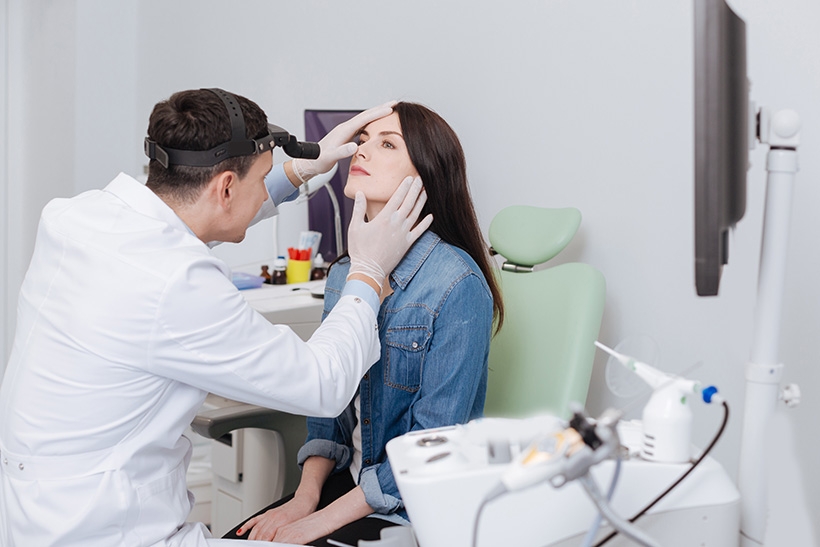If you generally can’t breathe easily through your nose, or if your partner complains of your snoring, you may have a deviated septum. The nasal septum is a thin, bone and cartilage structure that runs through the center of your nose. If it’s significantly off-center or crooked, you have a deviated septum.
It’s estimated that 80% of Americans live with a deviated septum, and for many, it’s not a problem. However, if you have trouble breathing, you should consider taking steps to correct the problem so you can breathe clearly day and night.
At Houston Sinus Surgery, Cecil Yeung, MD, can explore options for correcting a deviated septum and help you breathe easier.
Cause of a deviated septum
Your nasal septum may get crooked or off-center as the result of an injury from years ago. Perhaps you broke your nose as a kid playing baseball and it never healed properly. Or, maybe you were born with a structural abnormality of the cartilage in your nose. A deviated septum can also be the result of a cartilage breakdown during the natural aging process.
Nonsurgical solutions
Not everyone needs treatment for a deviated septum. In fact, you probably don’t want to undergo a surgical procedure unless your deviated septum is interfering with your normal breathing patterns or causing chronic congestion. Additionally, if you have a severely deviated septum that makes your nose appear crooked, and it makes you feel self-conscious, then you may want to consider solutions.
If it’s a breathing problem you’re concerned with, Dr. Yeung may first recommend conservative treatments, such as taking antihistamines, nasal decongestants, or steroid nasal sprays.
How a septoplasty corrects a deviated septum
If nonsurgical solutions don’t help, a septoplasty may be your next step. Septoplasty is a surgical procedure that straightens a deviated septum. During the procedure, Dr. Yeung works through your nasal openings to reposition your septum so it’s in the middle of your nose.
He may need to cut or remove parts of your nasal septum before reinserting them into their proper positions. He will not, however, break any of your nasal bones, and there will be no scars on the outside of your nose.
Dr. Yeung performs the procedure at his state-of-the-art surgery center. Typically, you only need a local anesthetic, and you can get back to your daily routine in just a few days. If you wish to change the size and shape of your nose, as well, Dr. Yeung can perform rhinoplasty surgery in conjunction with correcting your deviated septum.
After your septoplasty, you should be able to breathe freely. If you have other sinus problems that contribute to your difficulty breathing, such as chronic sinusitis, nasal polyps, or congestion, Dr. Yeung can address all of your concerns and recommend effective treatments for long-term relief.
To see if you have a deviated septum and to get treatment if needed, book an appointment online or over the phone with Houston Sinus Surgery today.




